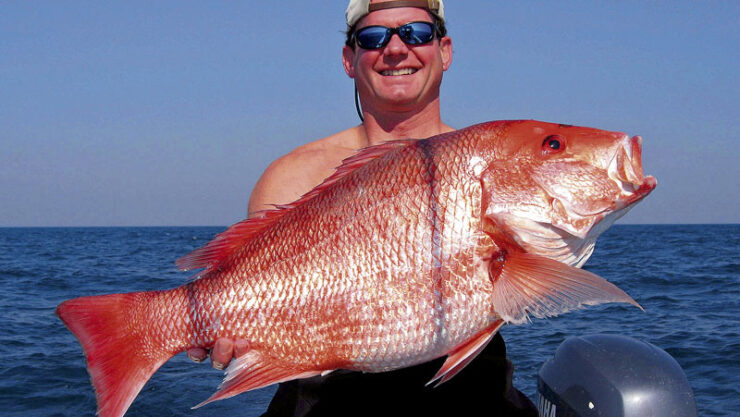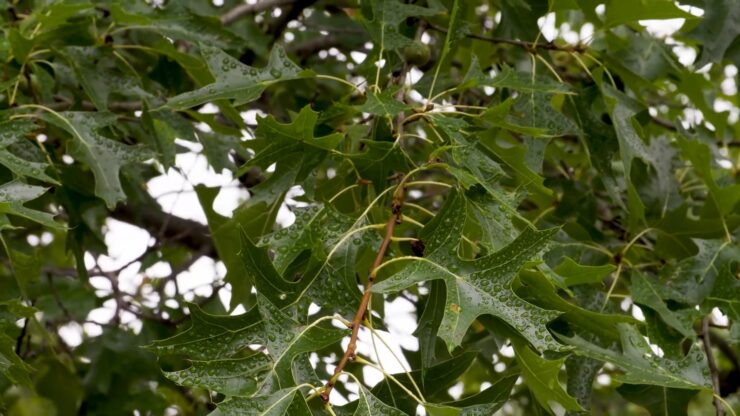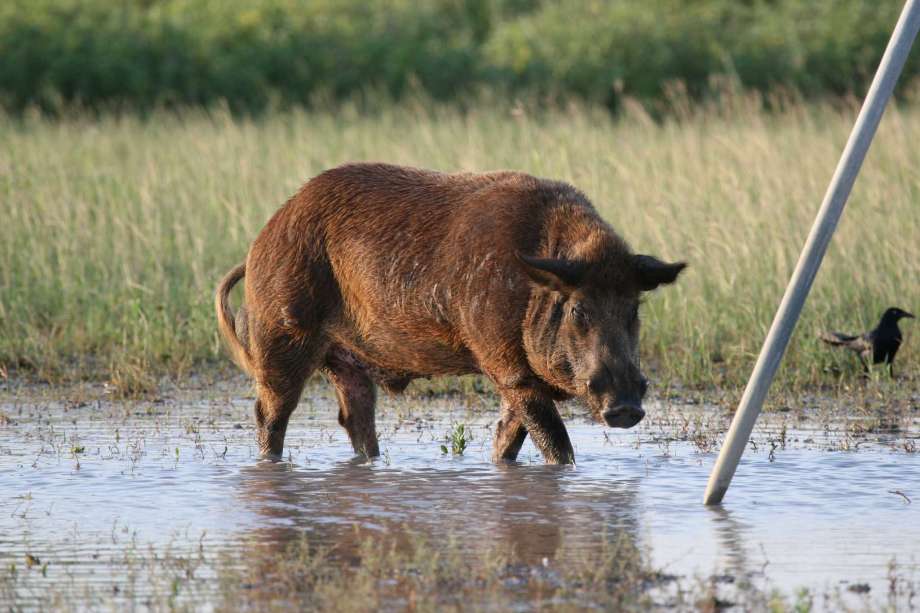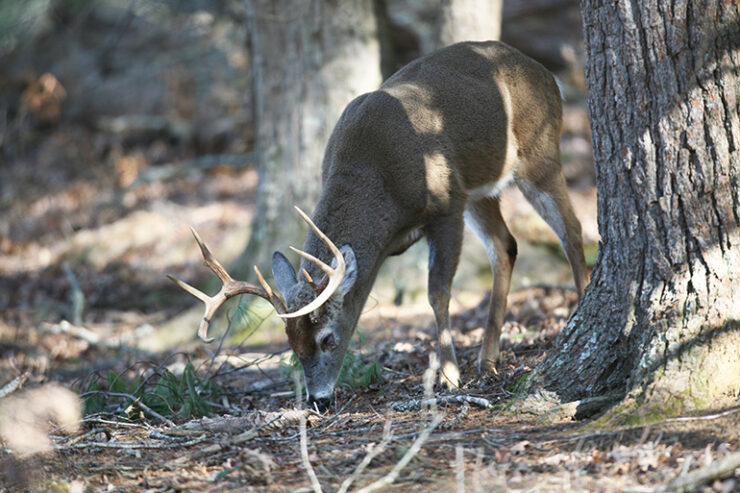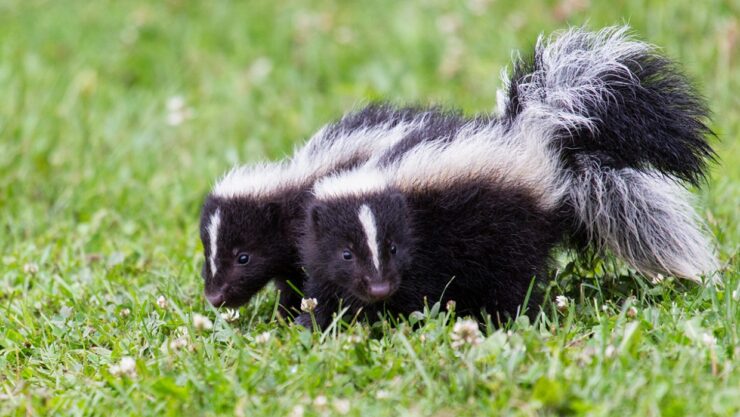Fish Facts: Red Snapper
Red Snapper (Lutjanus campechanus) reach a maximum size of ~50 pounds. Red Snapper, as the name implies, have a somewhat reddish color. A more descriptive adjective would probably be rose colored. The young have a large dark spot just below the back part of the dorsal fin. Red Snapper range from Massachusetts down to Florida … Read more

